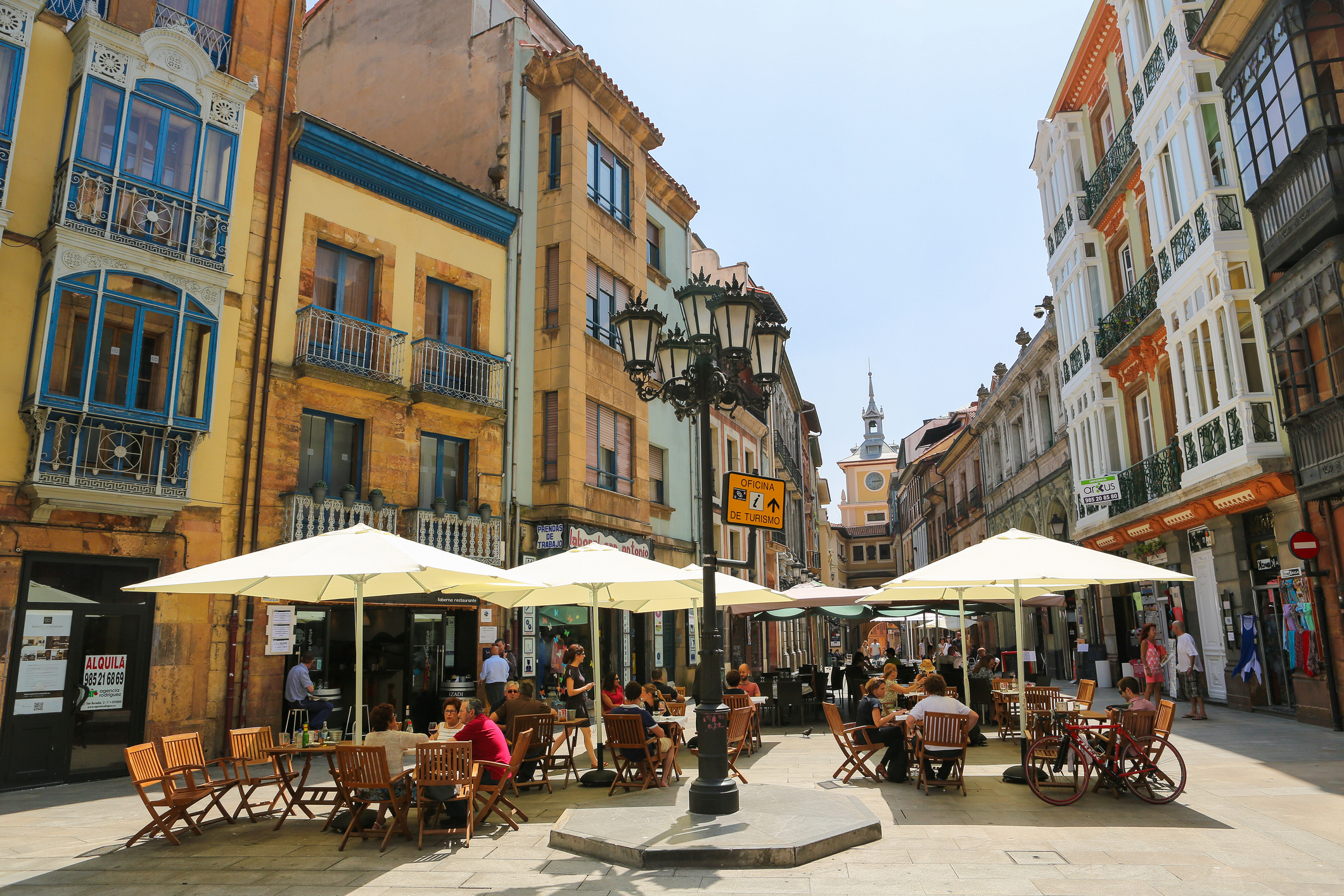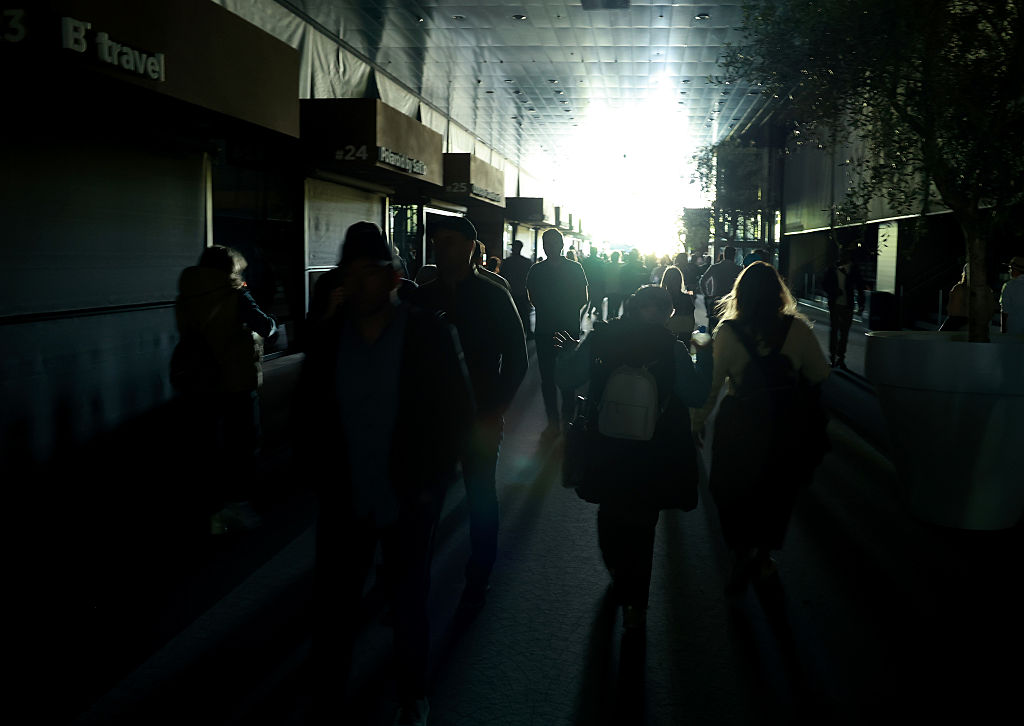The Sagrada Familia basilica in Barcelona has officially earned the title of world’s tallest church.
Yesterday, the installation of a cross segment on the iconic edifice’s Tower of Jesus Christ brought the Sagrada Familia’s total height to 162.91 metres – 1.41 metres more than the previous titleholder, the Ulm Minster in Ulm, Germany.
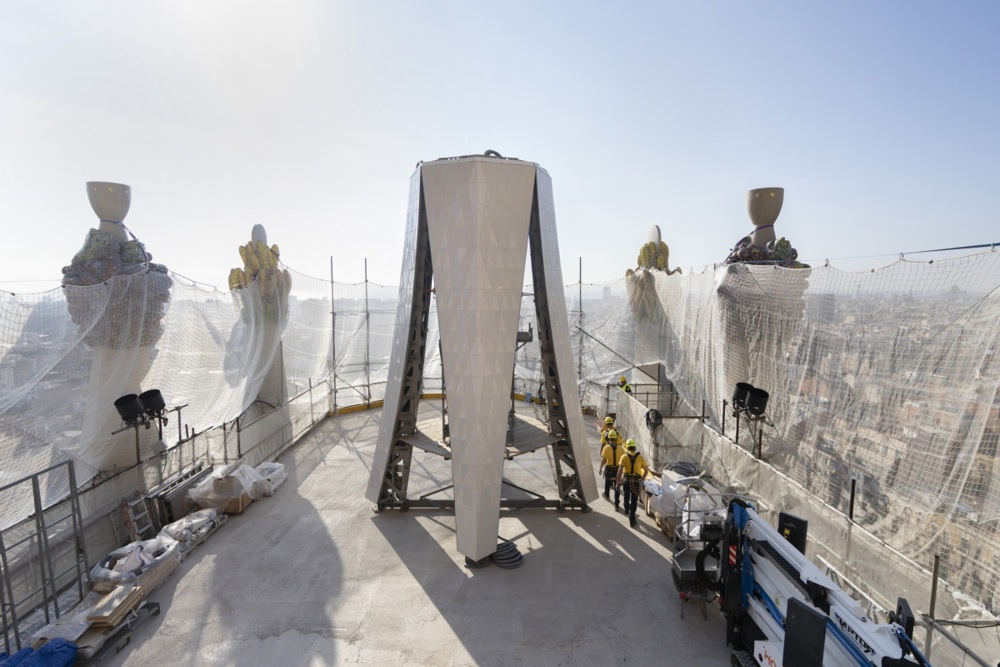
“Today the first part of the cross of the Sagrada Família’s tower of Jesus Christ has been placed, signalling the start of the final phase of construction of this central tower of the temple”, the Sagrada Familia foundation wrote in a press statement.
The lower arm of the cross measures 7.25 metres and weighs 24 tonnes. It arrived in July split into four parts.

The finished cross will be 17 metres tall and 13.5 metres wide, with a square base that transforms into an octagon at the top in a double twist – keeping with the basilica’s iconic architectural style as envisioned by its famous architect the late Antoni Gaudí.
The cross consists of a steel construction clad in bright white glazed ceramic and glass. It will eventually be open to the public, offering a stunning view of Barcelona.
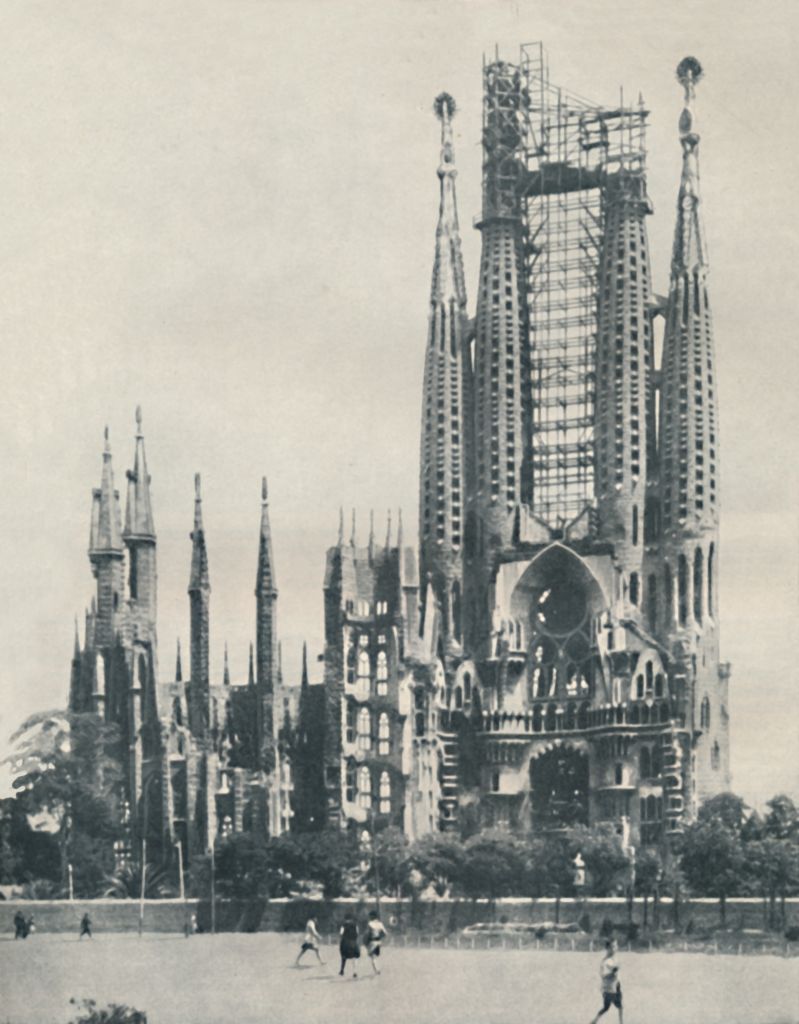
According to the foundation, the Sagrada Familia’s official inauguration is planned for 10 June, 2026 – the 100th anniversary of Gaudí’s death.
Construction work will continue after the inauguration, though. The basilica is estimated to be completed in the 2030s, about 150 years after construction started in 1882.

The Ulm Minster – whose tower shoots up to 161.53 metres – was the world’s tallest church since 1890, surviving unscathed the bombardments of the Second World War, which destroyed large parts of the surrounding city.
The people of Ulm can take consolation in the fact that the new cross of the Sagrada Familia was made in Germany. The steel construction holding the cladding was manufactured by Josef Gartner, a company from Gundelfingen on the Danube, just 30km east of Ulm.
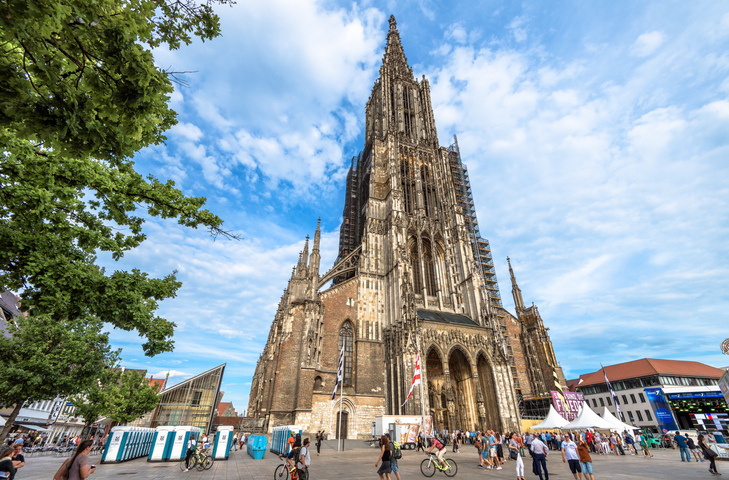
The Sagrada Familia’s architect, Antoni Gaudí, was born in Reus in Catalonia in 1852. Suffering from rheumatism as a child he studied nature instead of playing with other children, from which some biographers think his organic architectural style took its roots. He later became one of the most prominent representatives of Catalan modernism.
A vegetarian and a lifelong bachelor, Gaudí devoted his life to his works, famous examples of which include the episcopal palace in Astorga, Spain, and the Casa Batlló in Barcelona.

Gaudí died in June 1926 after a tram ran him over on his way to the Sagrada Familia construction site. In 2000, the Catholic Church started beatification proceedings for Gaudí which are still ongoing.

